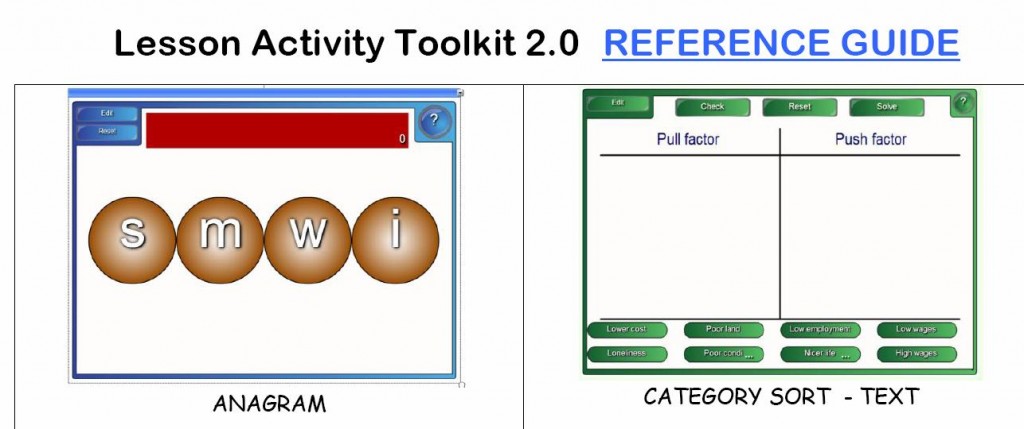Trialling a new idea… Study Boxes!
I bought these cardboard folded ‘Study Boxes’ (as I call them) from Kangaroo supplies. They have been great at minimising distractions, especially during times of high stress – tests, maths assessment tasks and writing.
There are two options for use, you can nominate to need a Study Box, or I can nominate you to need one. A few boxes scattered around the room can reduce noise and keep a lot of the boys on task.
You could easily make these too, in the past I’ve used two manila folders open on the desk, but these commercially made ones are quite sturdy and hopefully will last me years.





